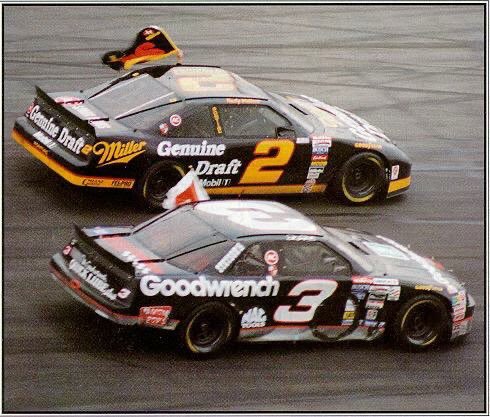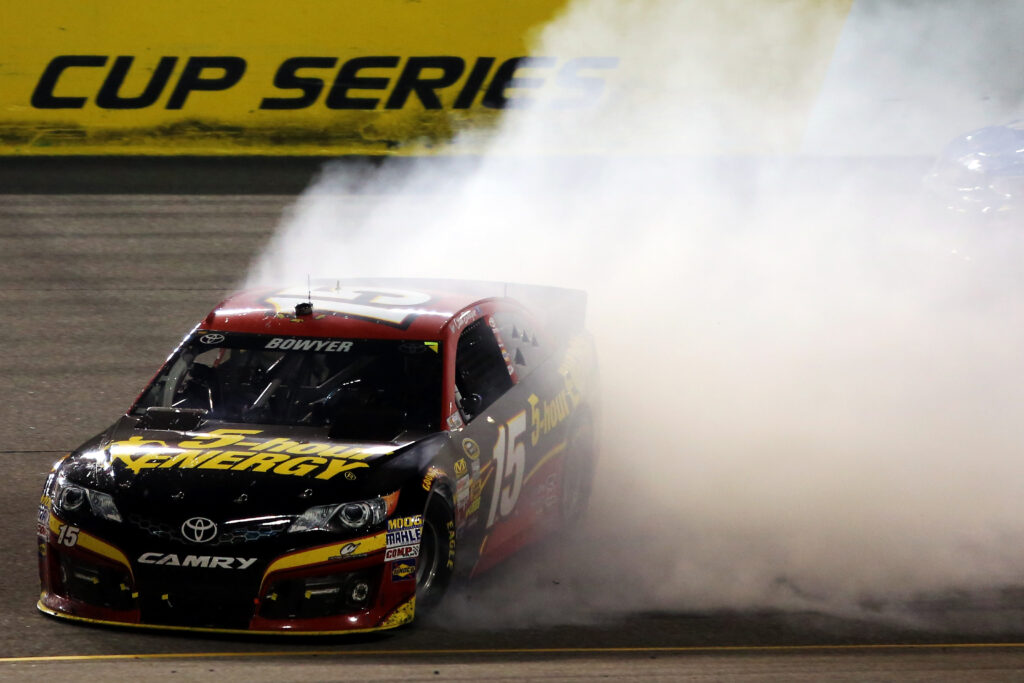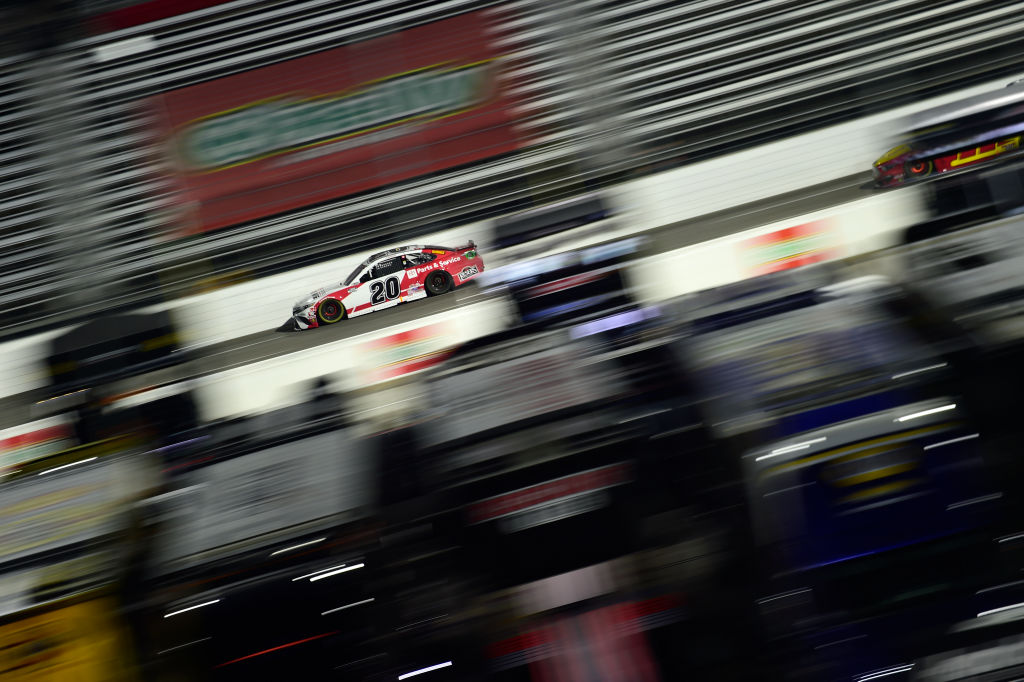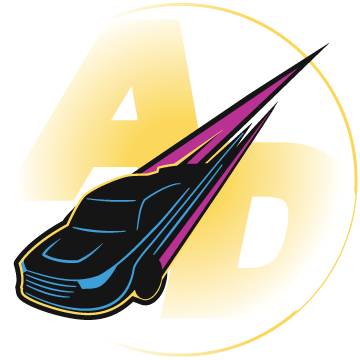Last weekend at Martinsville Speedway, the latest chapter on race manipulation in NASCAR was added. The Chevrolet duo of Ross Chastain and Austin Dillon formed a blockade behind William Byron to ensure he made the Championship 4 over Toyota driver Christopher Bell. To counteract, Toyota driver Bubba Wallace slowed down on the final lap to allow Bell to get an extra point to get in over Byron. NASCAR penalized Bell for wall-riding on the last lap before penalizing the No. 1, 3, and 23 teams for race manipulation a few days later.
Race manipulation is nothing new to the sport. It seems that every superspeedway race, there’s always some sort of behind-the-scenes shenanigans going on with the manufacturers. Just look at this year’s fall Talladega finish. And who could forget Spingate in 2013, arguably the most famous form of modern race manipulation? NASCAR said they would penalize manufacturers for manipulating a race, but would it ever disappear? Rules can be implemented, but team orders will always have a place in the sport. So, let’s take a look and see if NASCAR can truly stop race manipulation.
Race manipulation isn’t a new thing that came with the Playoffs (or Chase). Throughout NASCAR history, there have been plenty of examples of teams doing things to manipulate the outcome of a race in their favor. In the early years of NASCAR, teams would enter extra cars in the race to allow their primary team to gain more points during a race.
In 1981, Junior Johnson and Associates entered Richard Childress in the No. 41 car to help Darrell Waltrip win the championship. After just five laps, Childress parked the car in what would be his final start in the Cup Series. 12 years later, he would learn from the practice but as an owner. For the 1993 finale, Childress entered Neil Bonnett in the No. 31 Richard Childress Racing entry to ensure his driver, Dale Earnhardt, finished above 34th place to clinch the championship. This plan worked, as while Earnhardt suffered mechanical issues, Bonnett followed the plan and started and parked to increase Earnhardt’s chances at the 93′ title.

This practice eventually went away in the 2000s, but that didn’t stop teams from trying new ways to gain the system. Probably the best example of this is superspeedway racing. A practice that has lasted to this day, drivers will line up with their teammates or manufacturers and work solely with them. How is this race manipulation? Look no further than the 2024 Fall Talladega race. Kyle Larson was given orders on the last lap not to push Ford driver Brad Keselowski to the win, allowing fellow Chevy driver Ricky Stenhouse Jr. to claim the top spot. Backing out to allow another driver to win is, in theory, a breach of the 100% rule and, therefore, manipulating the outcome of the race. The idea of team orders causes most NASCAR fans to groan in disgust, but the truth is, it’s been in practice for as long as the sport itself.
Perhaps the best showcase of race manipulation is “Spingate.” During the 2013 fall Richmond race, Michael Waltrip Racing ordered Clint Bowyer to spin and had Brian Vickers pit at the restart to help Martin Truex Jr. gain enough points to make the Chase. NASCAR caught wind of this and came down hard with penalties and fines. Each team was docked 50 driver and owner points, knocking Truex out of the Chase.
Many don’t know that there was more behind the scenes than just MWR. Team Penske and Front Row Motorsports were accused of manipulating the race to help Joey Logano make the Chase. Through radio communication, they accused FRM of asking driver David Gilliland to slow down to give Logano a spot. Penske and Front Row were considered technical partners, as they both used Fords and had Roush Yates engines. NASCAR looked into this and placed both teams under probation until December 31st.

Spingate is considered the peak of NASCAR race manipulation. With radio chatter and all events involved, it makes sense that this would be the gold standard. But what about in the elimination format? With four rounds of points resets, every point matters more than ever. Three instances come up: the 2020 Fall Martinsville and the 2022 Charlotte Roval races.
In 2020, in the last race of the Round of 8, Joe Gibbs Racing driver Erik Jones was given strict orders not to pass his teammate Denny Hamlin, who was fighting to make the Championship 4. Jones complied and backed off Hamlin, who made his second consecutive Championship 4 appearance. Despite radio communication giving Jones the orders, NASCAR did not penalize the No. 20 or the No. 11, leaving fans in an uproar for inconsistent officiating.

During the 2022 Charlotte Roval Race, Stewart-Haas Racing driver Cole Custer slowed down going into the backstretch chicane to give his teammate Chase Briscoe enough points to advance to the Round of 8 over Kyle Larson. Unlike the Martinsville race, NASCAR did penalize Custer and the No. 41 team for race manipulation, fining the team $100,000 and 50 driver and owner points. Briscoe was not penalized and continued on into the Round of 8.
NEWS: NASCAR issues a deduction of 50 driver and 50 owner points to the No. 41 Stewart-Haas Racing team for Code of Conduct and Performance Obligation violations.
— NASCAR (@NASCAR) October 11, 2022
Cole Custer has been fined $100,000.
Crew chief Mike Shiplett has been fined $100,000 and suspended indefinitely. pic.twitter.com/nWGImvML1f
Many considered NASCAR’s post-Martinsville penalties as not enough to deter this behavior. In a way, they got a point. At the end of the day, Byron is still in the Championship 4, and Bell would have made it had he not ridden the wall. During this week’s State of the Sport address at Phoenix, NASCAR stated that they will penalize manufacturers in the future for manipulating the outcome of a race. But as time has passed, the effects of these antics have grown, and they could even determine the outcome of the championship race if they are not contained or addressed.
It’s hard to say whether there is a solution to stop race manipulation in the future. Even with the 100% rule, teams still find a way to work around that to give themselves an advantage over the rest of the field. While changing the championship format could help solve this issue, history has shown that no matter what format, there will always be a form of race manipulation practiced.
Are harsher penalties needed? MWR essentially closed its doors due to the consequences of Spingate, but that hasn’t stopped teams in the 11 years since then. It could just be the nature of the sport itself. There will always be loopholes in the rulebook looking to be taken advantage of, and teams and manufacturers will always push the grey areas to the limit. It’s up to NASCAR to contain these and put their foot in the ground to prevent instances like Spingate or Martinsville from happening. Race manipulation will never go away in its entirety, but that shouldn’t stop NASCAR from doing what it can to prevent it any way they can.
What do you think about this? Let us know your opinions on Discord or X, and don’t forget that you can also follow us on Instagram, Facebook, and YouTube.
